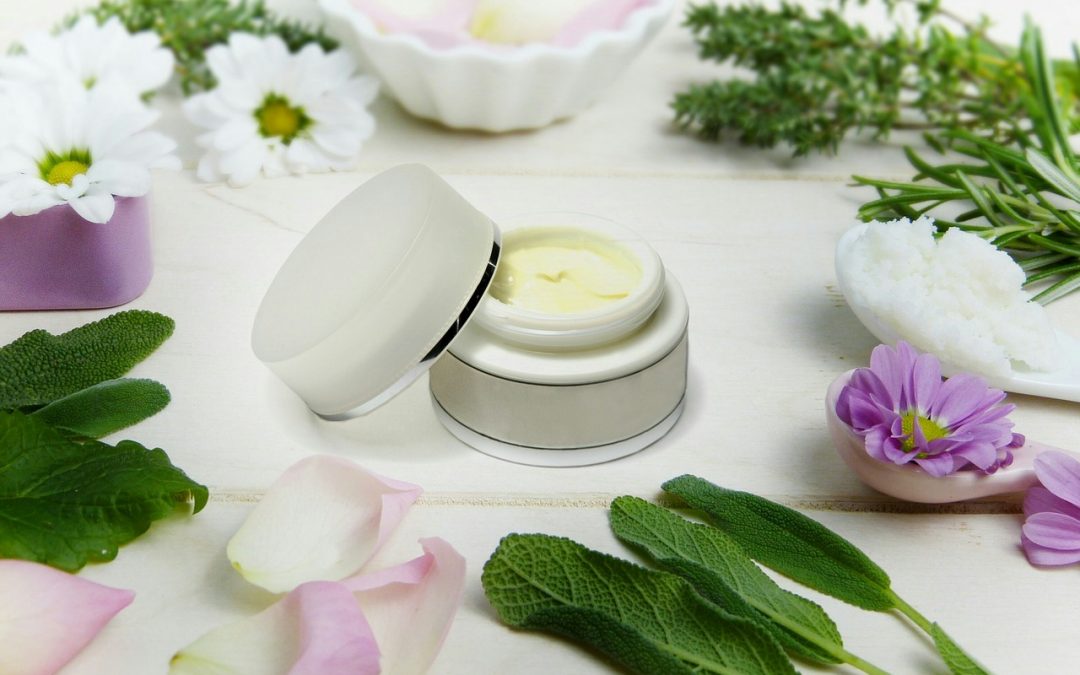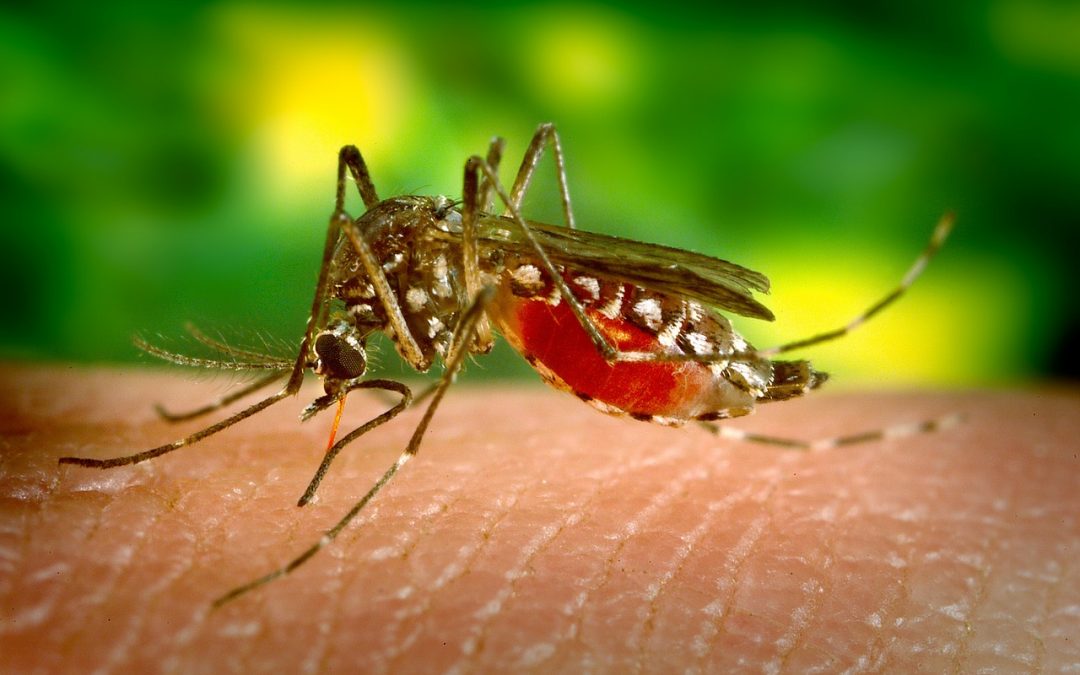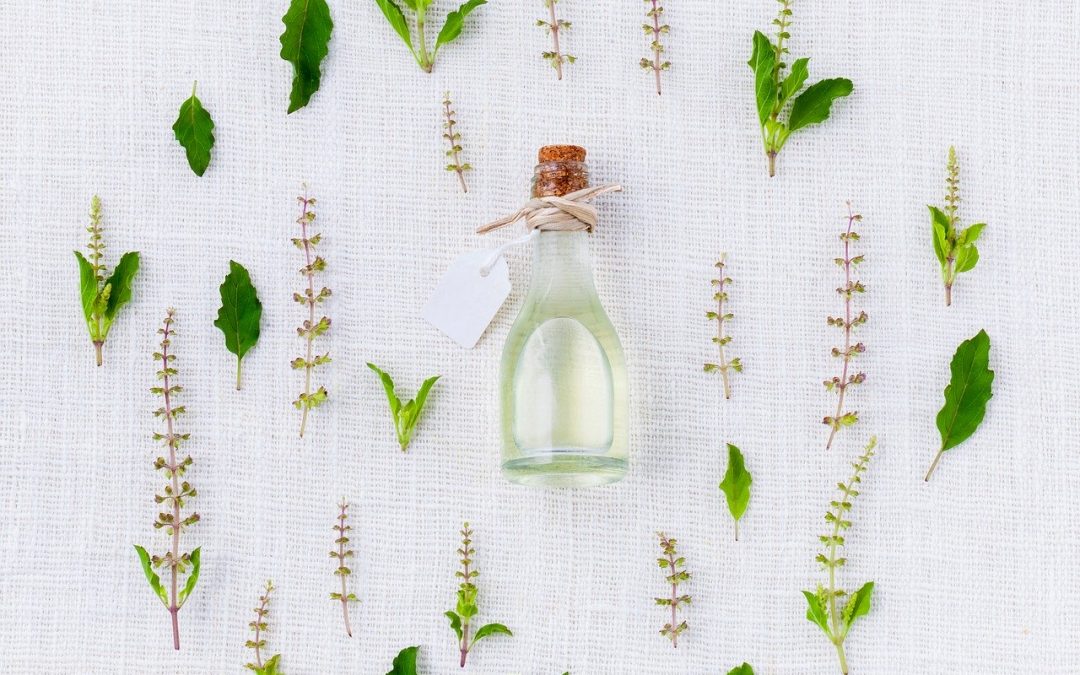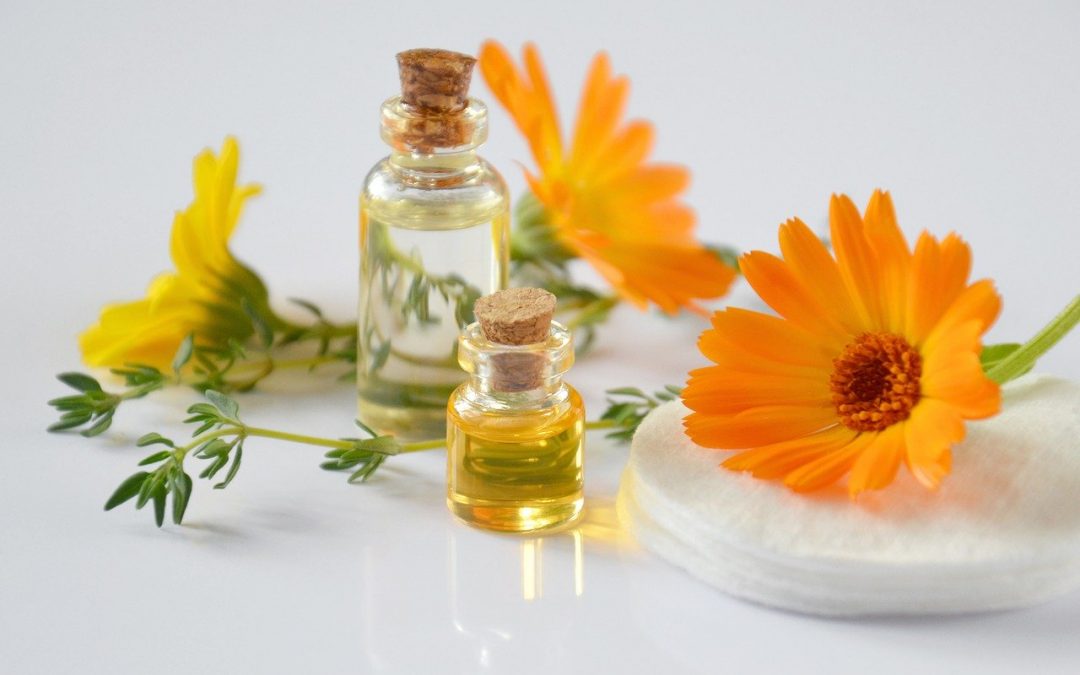Wasp Stings: Wasp venom is alkaline in nature, so the treatment needs an acidic substance to neutralize the poison. Vinegar (preferably cider vinegar) can be applied to the bite as often as needed, until the pain and swelling have subsided. To prevent infection, add a drop of lavender or tea tree essential oil to each tablespoon of vinegar.
Bee Stings: Bee venom is acidic in nature, so the treatment needs an alkaline substance. Bicarbonate of soda (Baking Soda) mixed with water can create an alkaline solution which can neutralize the poison (use 1 tsp. Baking Soda to one tbsp. water). Apply the solution as often as needed to reduce the pain and swelling. To prevent infection, add a drop of lavender or chamomile essential oil to the solution. A cold compress containing chamomile and/or lavender essential oil can also help to reduce pain and swelling.
Ant Bites: Ant venom is acidic in nature, so the treatment needs to be alkaline. The same products used for bee stings would work for ant bites.
Mosquito Bites: According to Valerie Ann Worwood in her book, The Fragrant Pharmacy , if you have one bite, apply 1 drop Lavender essential oil to the bite several times a day. If you’ve been bitten over a large area, combine 1 cup of cider vinegar or the juice of 2 lemons with 10 drops of lavender and 5 drops of thyme (linallol, if possible) essential oils. Put this mixture in a bath and soak for up to 20 minutes. Towel dry and apply neat lavender oil directly to the bites. Each night, rub your body with the following mixture: Essential oils of Lavender 10 drops, Eucalyptus 10 drops, Thyme 10 drops, Lemongrass 5 drops in 30mls. vegetable carrier oil
Other essential oils that can be used to soothe insect bites include:
Cajeput, Chamomile (German or Roman), Eucalyptus or Lemon .
If your problems with bites are of a more serious nature, be sure to get medical help quickly. You will need to keep your Epi-pen handy – and make sure you have Medi-Alert jewelry on you so that others know to deliver quick treatment to you.






Recent Comments